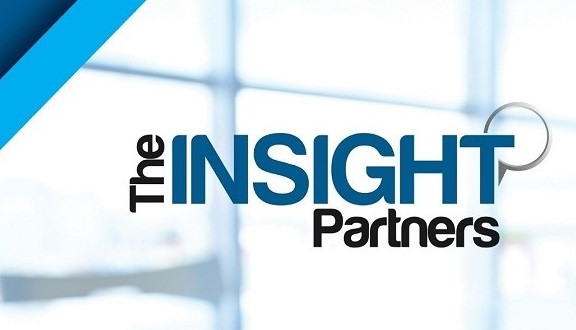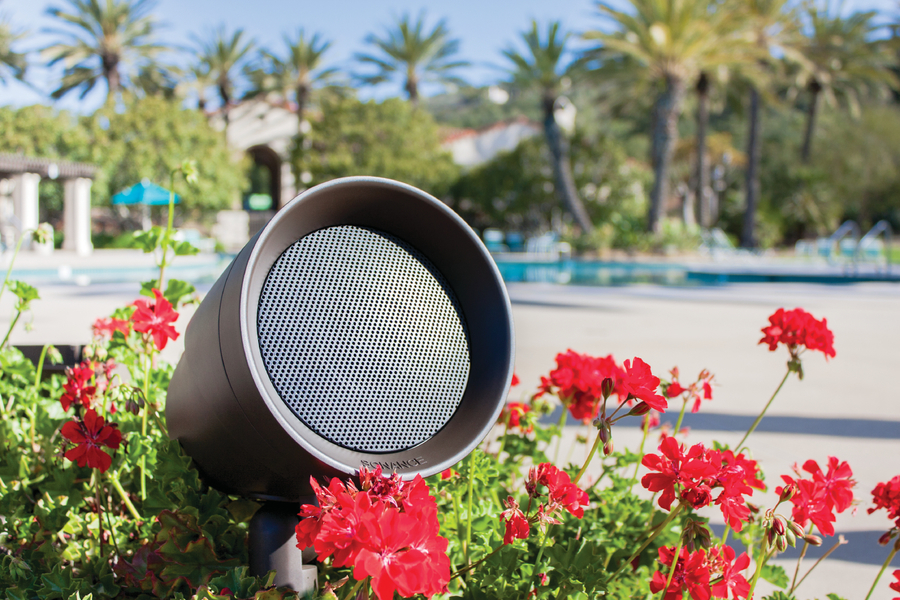In the world of marketing, customer loyalty is the key to success. Brands are always looking for new and innovative ways to attract and retain customers. One technology that has emerged as a game changer in recent years is augmented reality (AR). Augmented reality marketing examples are growing in popularity as more brands realize the benefits of using AR to create immersive experiences that drive customer engagement.
Augmented reality is a technology that overlays digital information on the real world to create a blended experience for users. This technology has many uses in marketing, from product demonstrations to interactive advertising campaigns. In this article, we’ll explore some of the most exciting examples of augmented reality marketing and see how brands are using the technology to improve customer engagement.
IKEA SQUARE
One of the most popular examples of augmented reality marketing is IKEA Place. This is an app that allows customers to see what the furniture will look like in their home before purchasing. The app allows customers to select furniture from the IKEA catalog and place it in their living room, bedroom or other room in their home. The app uses the user’s smartphone camera to create a realistic 3D model of the furniture and overlays it on the real environment.
IKEA Place is a great example of how augmented reality can be used to improve the customer experience. By allowing customers to visualize how their furniture will look in their home, IKEA can reduce the risk of returns and increase customer satisfaction.
Sephora Virtual Artist
Another great example of augmented reality marketing is Sephora Virtual Artist, an app that lets customers virtually try on makeup. The app allows customers to take selfies and apply different makeup products to see what they look like in real life. The app uses augmented reality to create a realistic 3D model of your face and layer makeup on it.
Sephora Virtual Artist is a great example of how augmented reality can be used to improve the customer experience by offering a more personalized and interactive shopping experience. By allowing customers to try on makeup virtually, Sephora can increase customer retention and increase sales.
Pokémon GO
Pokemon Go isn’t strictly a marketing campaign, but it’s a great example of how augmented reality can be used to wow brands. When the game was released in 2016, it quickly became a global phenomenon, with millions of people downloading the app and playing the game. The game uses augmented reality to allow players to catch Pokémon in the real world, creating a mixed experience that is fun and engaging.
Pokémon GO is a great example of how you can use augmented reality to create a viral marketing campaign that creates buzz and drives engagement. Brands can use augmented reality to increase brand awareness and increase customer loyalty by creating fun, interactive experiences that resonate with their target audience. Also visit: Site
AR experience in Jaguar Land Rover
Another great example of augmented reality is the Jaguar Land Rover AR Experience. This campaign lets you explore and customize his Jaguar Land Rover vehicles in a virtual showroom. The app also allows customers to select a vehicle, change its color, and even open the doors to explore the interior. The app uses augmented reality to create a realistic 3D model of the vehicle and overlay it on the real environment.
The Jaguar Land Rover AR Experience is a great example of how augmented reality can be used to improve the customer experience by offering a more personalized and interactive shopping experience. By allowing customers to explore and customize vehicles in a virtual showroom, Jaguar Land Rover can increase customer loyalty and increase sales.
Summary
In summary, augmented reality is a powerful tool to transform the way brands interact with their customers. Augmented reality marketing, which can create immersive experiences that bridge the gap between the digital and physical worlds, is becoming increasingly popular among brands looking to improve customer engagement. From furniture shopping to cosmetic samples to virtual vehicle showrooms, the possibilities for augmented reality in marketing are endless. Augmented reality technology allows brands to create interactive and personalized experiences to drive customer engagement and increase sales. As technology evolves and becomes more accessible, we can expect even more exciting marketing examples of augmented reality in the future





